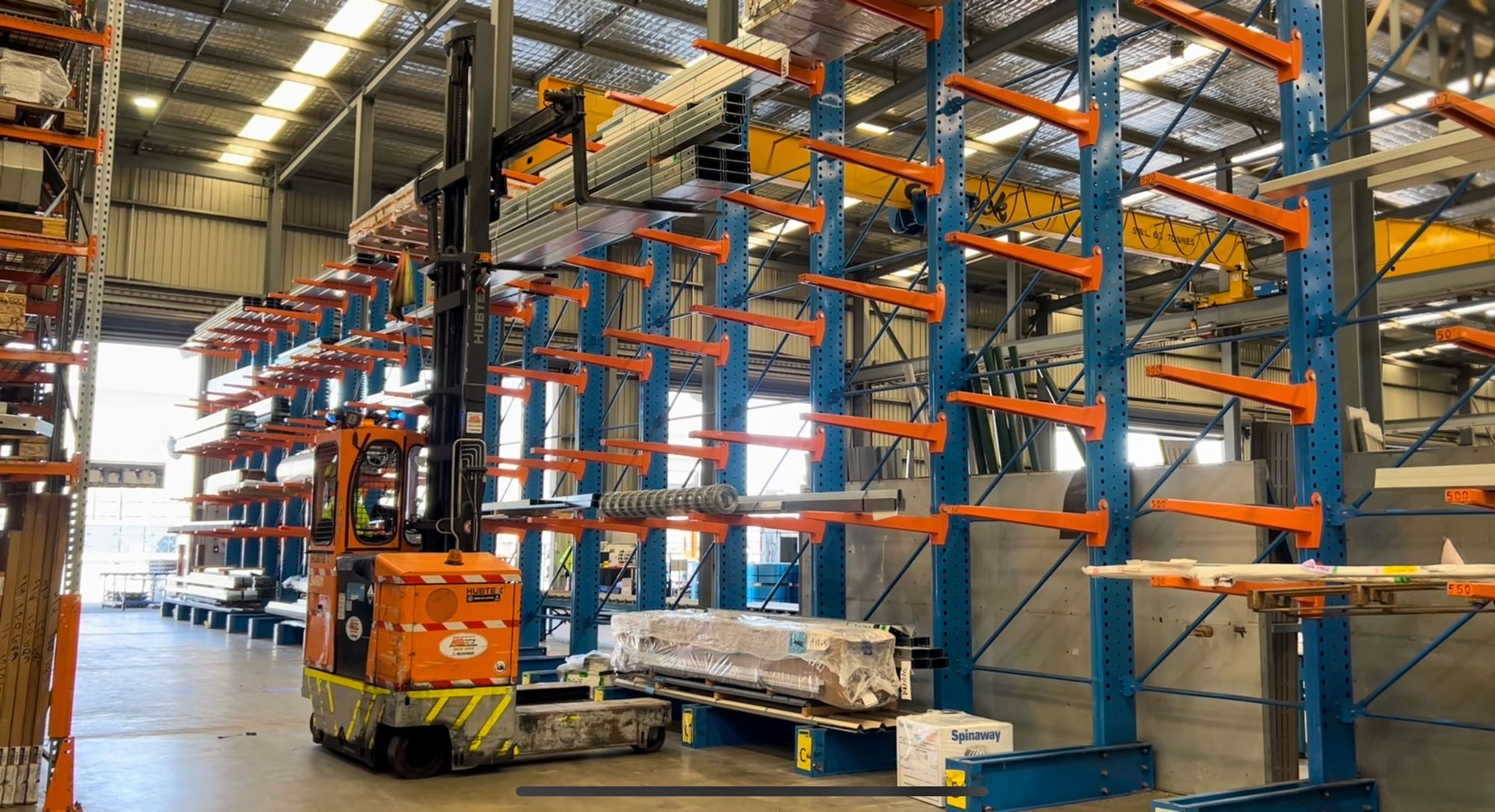What Australian Employers Can Do When Employees Don’t Turn Up To Work
Every employer knows the feeling; you've got a job about to start, your clients are waiting, and their deadlines are growing closer and closer.
When it matters the most, a worker doesn't show. You don't get a message, an explanation, or even a half-hearted excuse. You're understaffed, and your entire operation has been thrown into chaos.
Chronic employee absenteeism isn't something businesses should accept as just "part of the job." Employers need to know how to prevent, manage, and (when necessary) take action against workers who repeatedly fail to show up.
Absenteeism in the workplace is a real problem in Australia. Here's what you can do when employees don't turn up for work and how IRP can build you a more reliable workforce from the start.
Understanding Absenteeism in Blue-Collar Workplaces
Absenteeism is frustrating. It also costs you. Unfilled shifts slow down production, and project delays lead to lost revenue. You aren't able to follow through on your promises, which can impact your business's reputation.
Absenteeism can also affect team morale. When reliable workers see others skipping shifts without consequences, they become resentful. They might start to question why they should continue doing the right thing at all.
Over time, this can result in a higher turnover rate, which only compounds the problem.
Of course, the occasional absence is unavoidable. Everyone gets sick from time to time or faces an unexpected emergency. Fair Work entitles employees to leave in those situations.
The real issue is repeated, unexplained absences from work, which signals a deeper problem—either with the employee or the workplace itself.
Common reasons workers miss shifts include:
- Lack of engagement or job dissatisfaction
- Poor management communication
- Unclear policies on attendance
- Workplace conflicts or toxic culture
- Personal issues (mental and physical health, finances, family)
Strategies to Reduce Employee No-Shows
If no-shows are a recurring problem in your business, it's time to take control. Here are three strategies you can leverage to reduce chronic absenteeism and build a work culture people enjoy being a part of:
1. Set Clear Expectations from Day One
If attendance policies aren't spelled out clearly, some workers will push boundaries. It's human nature. Your onboarding process should cover attendance rules in black and white.
Follow these best practices:
- Make sure contracts include specific expectations and consequences for unapproved absences.
- Have a conversation during induction so workers understand what's expected.
- Reinforce the policy with regular reminders and refresher training.
2. Improve Employee Engagement and Workplace Culture
If employee absenteeism is widespread, a bigger cultural issue is often at play. Workers who feel valued, supported, respected, and engaged are far more likely to show up.
Keep the following in mind:
- Recognition matters. A simple "good job" from a supervisor or an incentive program for perfect attendance can go a long way. It can help employees feel valued, like what they do makes a real, positive difference.
- Fair treatment is non-negotiable. Workers who feel like they're being singled out or treated unfairly are more likely to disengage and skip shifts. Make sure your business is a place of inclusion and respect.
- Feedback loops prevent problems from escalating. Regular check-ins allow employees to raise concerns before they become chronic absenteeism. When an employee comes to you with a problem, listen without judgment. They should feel comfortable expressing their ideas.
- If workers feel disposable, they'll treat the job the same way. A culture where every voice is heard and listened to builds long-term reliability. As a bonus, it helps you attract and retain top talent.
- Ensure you avoid a toxic work culture in your workplace - Read our blog "What is a Toxic Work Culture & How to Avoid it" to find out more.
3. Have a Contingency Plan in Place
No matter how good your policies are, you'll never eliminate absenteeism entirely. What matters is how quickly you can adapt when it happens, here's how:
- Cross-train employees so mission-critical tasks aren't dependent on any one person.
- Implement flexible shift arrangements to cover unexpected gaps.
- Use temporary staffing solutions for last-minute replacements.
This is where IRP can help you get your job back on track. We provide pre-screened, reliable workers who are ready to step in when you need them most, whether it's a casual or a long-term hire.
Legal Recourse for Employers
Just like employees, employers have rights. You can take legal action if you are up against an employee not showing up for work. Just be sure to follow the correct processes along the way.
- Document everything: absences, warnings, phone calls, and meetings. This evidence can step in and protect your business from unfair dismissal claims.
- Issue a formal warning. Employees have the right to be notified before termination becomes an option.
- Have a meeting. Workers must be given the opportunity to explain their absences.
- Send a final warning letter. If the behaviour continues, a second written warning strengthens your case for termination.
- Terminate the contract if an employee repeatedly fails to show up without a valid excuse. Ultimately, that is one of the consequences of not showing up for work in Australia.
For legal guidance, consider seeking legal advice on employment to ensure you're following Fair Work regulations.
Finding Reliable, Screened Candidates with IRP
Prevention is always better than cure. The easiest way to avoid absenteeism is to hire workers who take the job seriously from the minute they are hired.
At IRP, we don't just fill roles—we find the right people for your team. Our screening process filters out unreliable candidates before they ever set foot on-site, so you get skilled, committed workers who are ready to show up and do the job. We also offer in-house HR support. With our team as your partner, you can refine your workforce strategies to minimise no-shows.
If absenteeism is hurting your bottom line, let's fix it. Contact IRP today and get a workforce you can count on.
Join Our Mailing List
Interested in receiving more content similar to this straight to your inbox each month? Sign up to our mailing list below!











